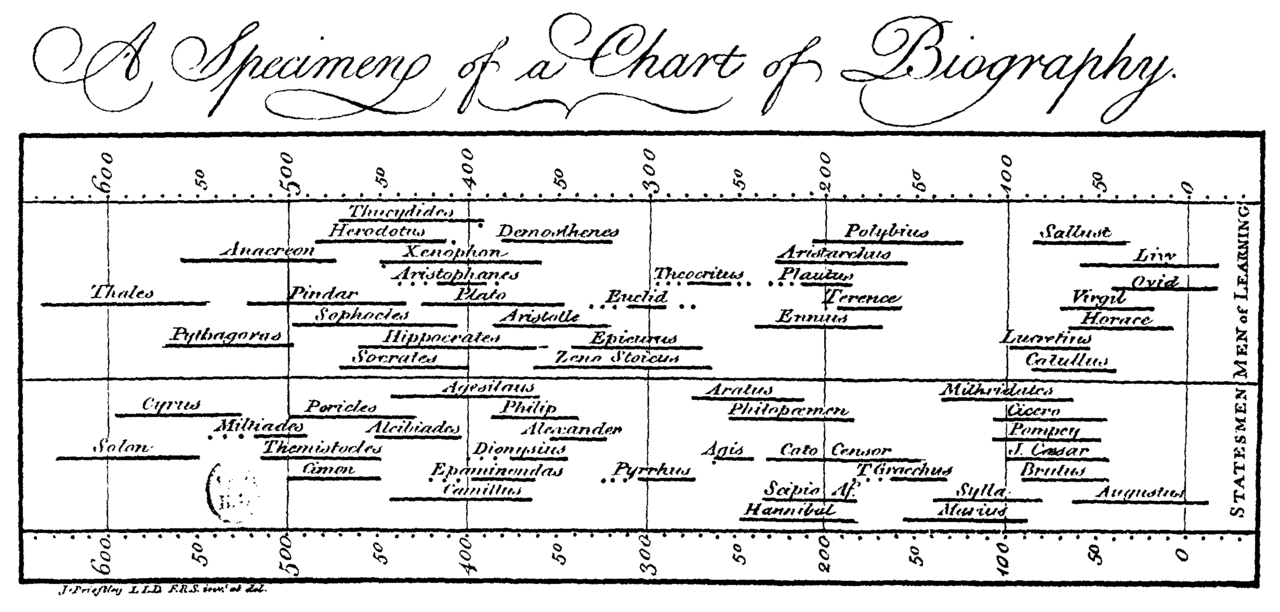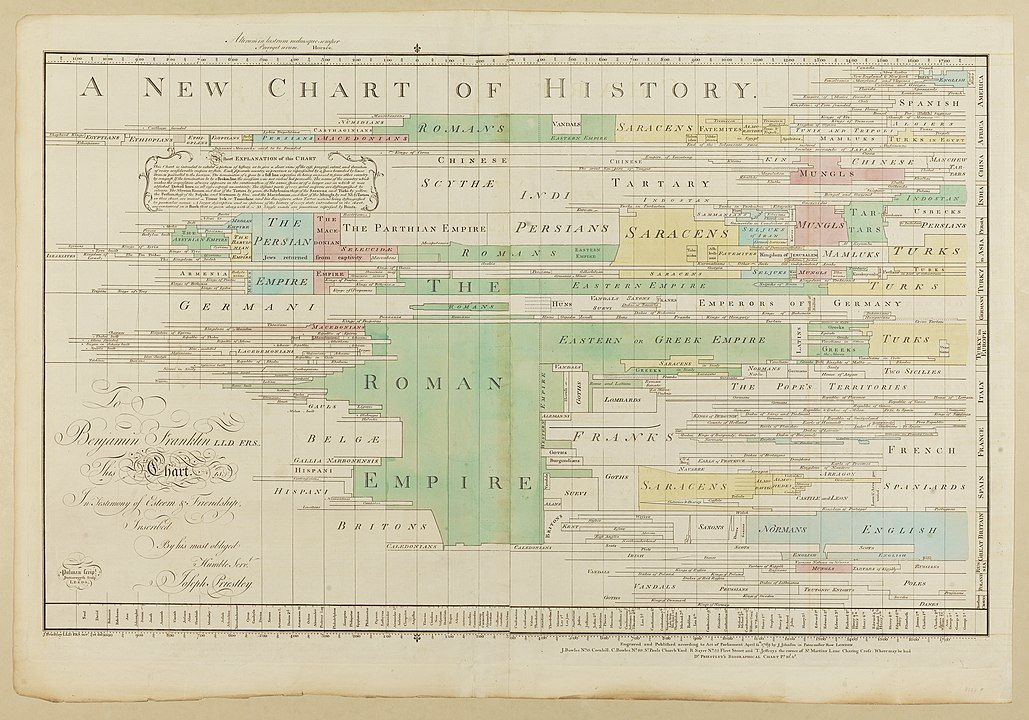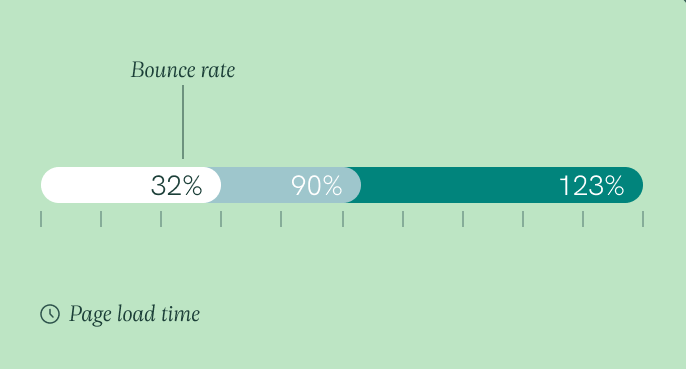Joseph Priestley and the origins of data visualisation

In the middle of the eighteenth century, English scientist and theologian Joseph Priestley published two of the most important data visualisations in modern history.
These were the Chart of Biography (1765), which plotted the lives and deaths of famous people in history, and the New Chart of History (1769), showing the rise and fall of empires.


These charts were revolutionary at the time because they presented a quickly understandable combination of data scales, all together, in a way that had never been done before.
The impact of Priestley’s charts was swift and enduring. They were used as teaching tools and also decorative items. Although these unique charts were attributed to Priestley at the time, the measured, linear timelines that he pioneered soon became part of a common, visual vocabulary, forming the foundation for other developments in data visualisation.
Even in 2021, Priestley’s chronographic formats are everywhere, from video editing software to Google Analytics. If anything, the recent explosion in digital infographics (thanks to the greater availability of data) has made Priestley more relevant than ever, even though most people no longer know his name.
While we have more innovative and interactive ways of showing data today, these charts continue to serve as models for how we use data visualisation. For example, Priestley was the first person to show time flowing from left to right which followed Western patterns of reading and writing. Because of this innovation, we all use time series charts in the same way today.
Working in the research and data team, not a day goes by without the appearance of some new infographic or way to visualise data, each intended to bring its viewers to a fuller understanding of a subject at a glance. Modern technology and greater access to data has made it possible for us to see – and create – a wider diversity of data visualisation than ever before. Their creation as an artistic and academic form began with Priestley, and his influence continues to this day.
Understanding data is essential to understanding your audience
Get in touch to find out how our team can get you actionable insights to drive your brand strategy.



